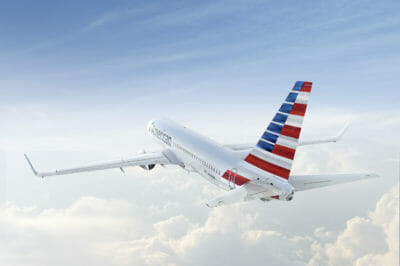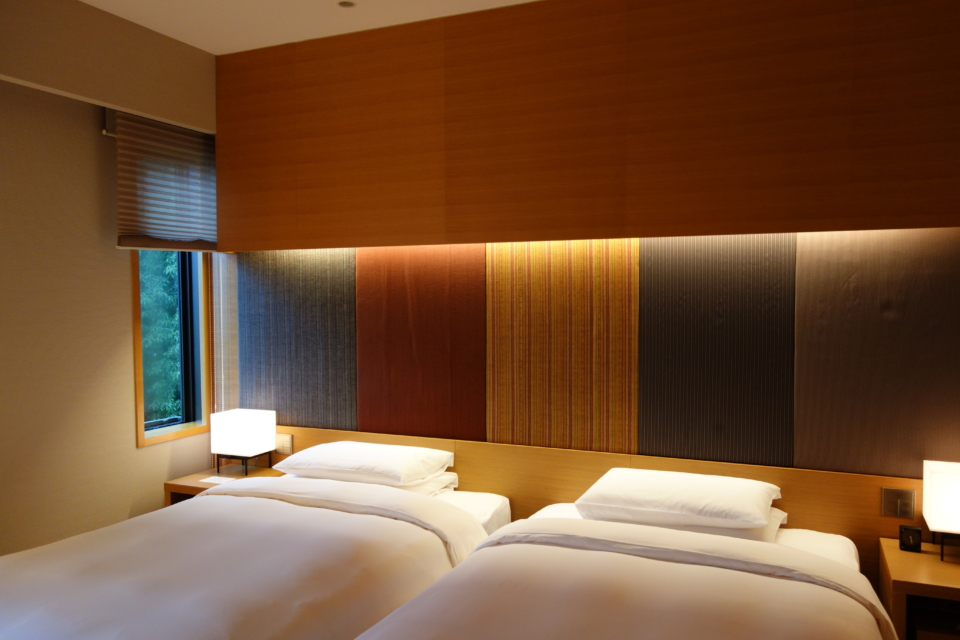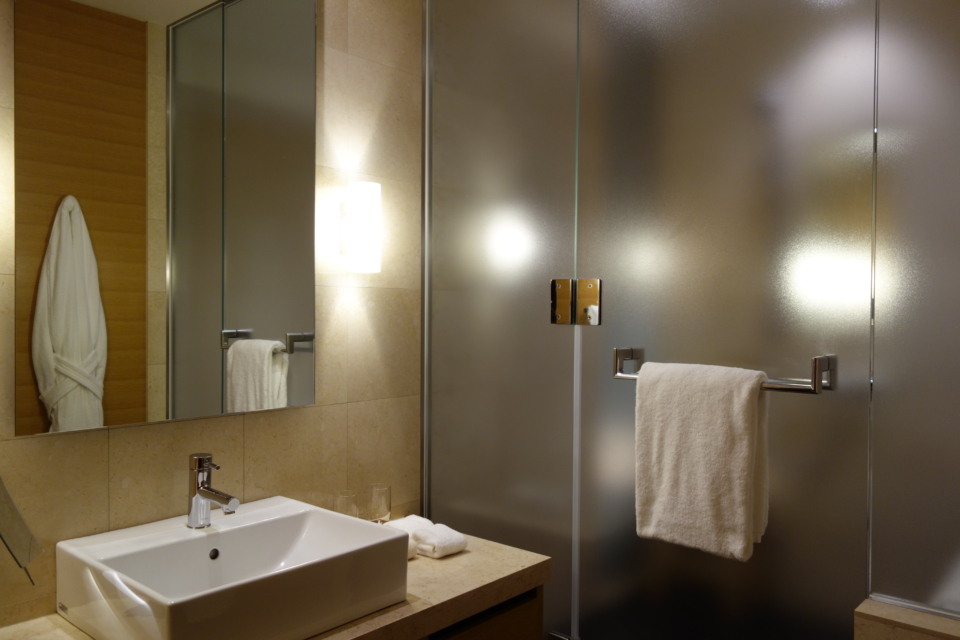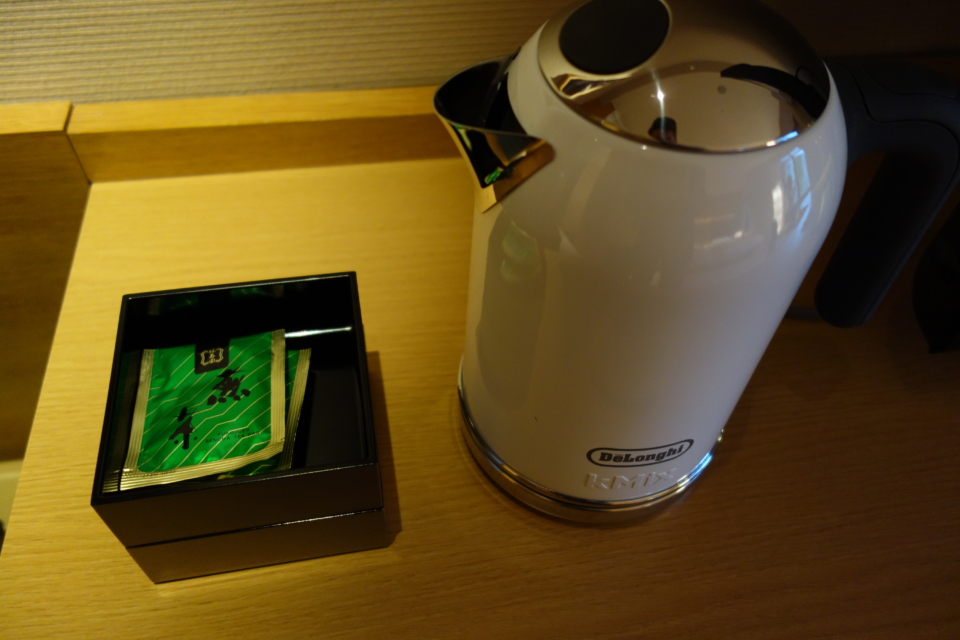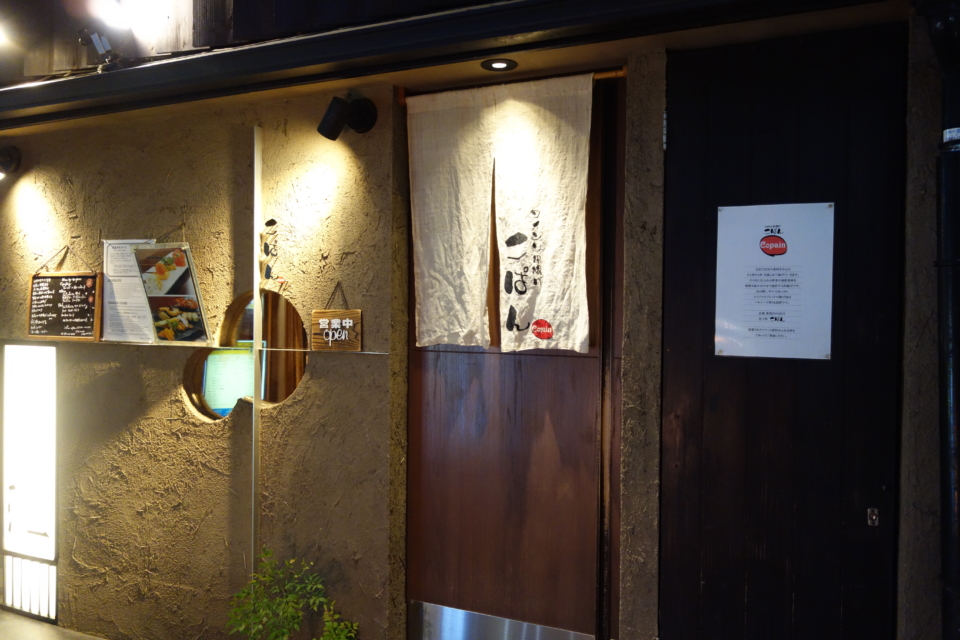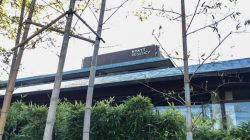As the annual cherry blossom season approaches, I’m trying to catch up on some past trip reports from Japan so that you might be inspired to take a trip of your own. I only started visiting the country two years ago, but it has quickly become one of my favorite destinations. Kyoto in particular is an excellent place to explore. With less of the busy city congestion you’ll find in Tokyo or Osaka and over 1,000 Shinto and Buddhist temples, there’s far more to see and do than you could fit into a single trip.
We were visiting Kyoto for only two days on our way from Tokyo to Osaka. Because of the short stay, I splurged a bit on the Hyatt Regency Kyoto, which cost about $400 per night when booked through the Chase Luxury Hotel & Resorts Collection. (Be aware that rates published on LHRC include taxes, so they appear artificially high.)
Once our shinkasen arrived from Tokyo, we found our way through the maze of station platforms to the taxi queue at the north end of the Kyoto Station. There is a special queue for foreigners who want an English-speaking driver, but the wait there was much longer. I figured our hotel was prominent enough it would not be an issue, and I had a map of its location already printed in Japanese. The short ride was about $10.
Arrival and Reception
Although “only” a Hyatt Regency, service at this hotel is more comparable to a Grand Hyatt or Andaz property, and we were promptly greeted by two members of the bell staff after arriving in our taxi. They took our luggage and escorted us inside to reception, where we were greeted warmly and walked through all the benefits of our LHRC rate, which included daily breakfast, two admission tickets to the Sanjusangendo temple, and a $100 dining credit at the hotel’s restaurant.
One complication of booking through LHRC is that the bed configuration was not made clear online. Two identical rates with identical descriptions made it a gamble whether we’d receive two twin beds or a single king bed. I tried reaching out to the hotel but was too late to confirm a king room in advance; when we arrived I found that the rate we had reserved was for two twin beds. The receptionist tried very hard to find us a room with a king bed but warned that it was less desirable than the room with a view we had originally been assigned.
Standard Twin Room
Of course, she was right, and after checking out the king room (which faced the wall of the adjacent hospital), we returned to ask for the twin room instead. Everyone was very accommodating, and the twin beds were so close together that it was almost the same as having a king bed. There was also a small fruit amenity waiting for us with a welcome note.
Our room was not large by any means, but it was designed to maximize the space available. The two beds too up much of the space and were low to the floor, with several lighting options in case you wanted to read in bed. I always love the small analog alarm clocks they have in Asia and have considered getting one at home, too, instead of using my phone.
The windows had fogged over, probably because someone turned up the heat after dropping off the amenity. It had been raining earlier in the day but was clear and sunny for the rest of the trip. I cracked it open to circulate the air and check out the view. I could see the museum across the hotel’s green roof, and directly below was the garden. As pretty as it was, the garden was just to provide a view from the lower rooms and the lobby’s restaurant. I asked and was told no guests are permitted to visit.
The bathroom felt more spacious even though it provided only a single sink and the bathtub and shower were completely walled off from the rest of the area. Toiletries were provided by Pharmacopia, in a citrus scent, and there was a broad selection of other items such as toothbrushes in the drawer below. I appreciated that there was a separate bathtub. Even though we didn’t use it, it made the shower feel much larger.
Back in the room, there was a small selection of items in the minibar, as well as some dinnerware. We never did get around to brewing some tea, but of course the equipment was there if we had wanted to.
Dining Options
We rushed back to the lobby after surveying the room to enjoy a complimentary Champagne reception and traditional geisha performance. It was a great way to start our visit to Kyoto, and since we were still feeling a little weary from our travel to Shanghai and Tokyo, we decided to use our dining credit at the restaurant that evening.
I love Asian food but occasionally need to bite into a good steak. The restaurant did not disappoint. The preparation and presentation of each dish was excellent, and I was pleased with the wine list. It was on the expensive side but worthwhile and easily manageable with the credit. Breakfast was also pretty good. The buffet was not huge, but everything was prepared perfectly.
Unlike some hotels I’ve visited in Asia, this one also had several international staff members, particularly in the restaurant. That made it much easier to have a discussion with the sommelier and order our food, although it did remove some of the excitement of being in a foreign city.
Kyoto is a great place to eat, and I can’t complain about any of the meals we had inside or outside the hotel. Our lunch spot on the second day was Ippudo Ramen, a cheap and delicious chain recommended by Inside Kyoto, and for dinner we ate at Copain, an amazing omakase-style kushikatsu restaurant we found by chance at the northern end of Pontocho. Worth every penny.
(Inside Kyoto is a wonderful wealth of information that, sadly, I only found after arriving in Kyoto. There are also versions for Tokyo and Osaka that you might want to check out.)
Location and Attractions
The one negative comment I have about the Hyatt Regency Kyoto is the location. It’s not really near anything. Our rate included complimentary one-way transfer either from or to the train station, and we chose to have the hotel hire a car for our departure; it was relatively easy to get a taxi when we arrived to take us to the hotel and not worry about scheduling.
This is probably a hotel that expects its guests to get around by taxi, while I feel I get a much better sense of a new city by walking or taking public transit. Aside from the Sanjusangendo temple next door and the National Museum across the street, most of the interesting sites are at least a 15-minute walk. The trains and subways that can take you to other interesting sights are closer to the city center.
I’ll discuss the sites we visited in more detail with a separate post. For now, know that we walked north and up the hill to Sanjunoto, further north to the temples around Maruyama Park, west to the Karasuma Station for lunch and shopping at the Nishiki Market, and then south to Fushimi Inari-taisha just before it closed. We spent our second day taking the train to explore the Arashiyama district and Nijo Castle
Summary
Overall we enjoyed our stay at the Hyatt Regency, and we’ll definitely be back to see more of Kyoto. I can’t point to any problems, and even with the high cost, we saw that we were paying for quality. It’s difficult to describe, so here’s a story: When the hotel arranged a chauffeur to drive us back to the shinkasen after check-out, he was the best driver I’ve ever had, anywhere, in the last 10+ years of international travel. He was interested in our home country and in sharing his (frank) thoughts about Kyoto and Japan. At the end of the ride he came up to shake each of our hands and thank us for the conversation. His extraversion was atypical but felt very genuine.
As much as I enjoyed the hotel, however, the location wasn’t ideal for our needs, and it was hard to justify the price given how much time we spent outside the hotel exploring the city. This is one of those circumstances were I think we just weren’t the target demographic. Couples who enjoy taking their time on a longer visit, plan to visit the spa, or who want to be escorted by a tour guide might find the Hyatt Regency more suitable. That wasn’t us — at least not on this trip.
Postscript
As an afterthought, I would have planned the entire trip differently if I had the chance at a do-over. We flew into Tokyo-Narita, spent the night in the city, and then took the shinkasen south to to Kyoto and Osaka before flying home. Since I doubt anyone is taking a trip to Japan just to see Kyoto, you might be planning something similar. Allow me to share some advice.
Tokyo is really hard to see in a day. If you’ve been before, you might just skip it this time. If you’ve not been, try to spend at least two nights. Osaka is great, but it’s definitely not as dynamic as either Tokyo or Kyoto. You should still make sure to visit at least once to take in the food scene.
The proximity of Osaka and Kyoto makes it really easy to commute between the two. It’s under 15 minutes by shinkasen or less than 30 minutes with a regional train. You could pick a hotel in Kyoto and take a day trip to explore Osaka, or you could pick a hotel in Osaka (which is often cheaper) and take several day trips to explore Kyoto. I would prefer to base myself in Kyoto.
Finally, those who visit multiple cities should travel north from Osaka to Tokyo, not south as we did, since the airport departure lounges at Haneda and Narita are so much better than those at Osaka. You can even take the train directly from Osaka airport to Kyoto.


